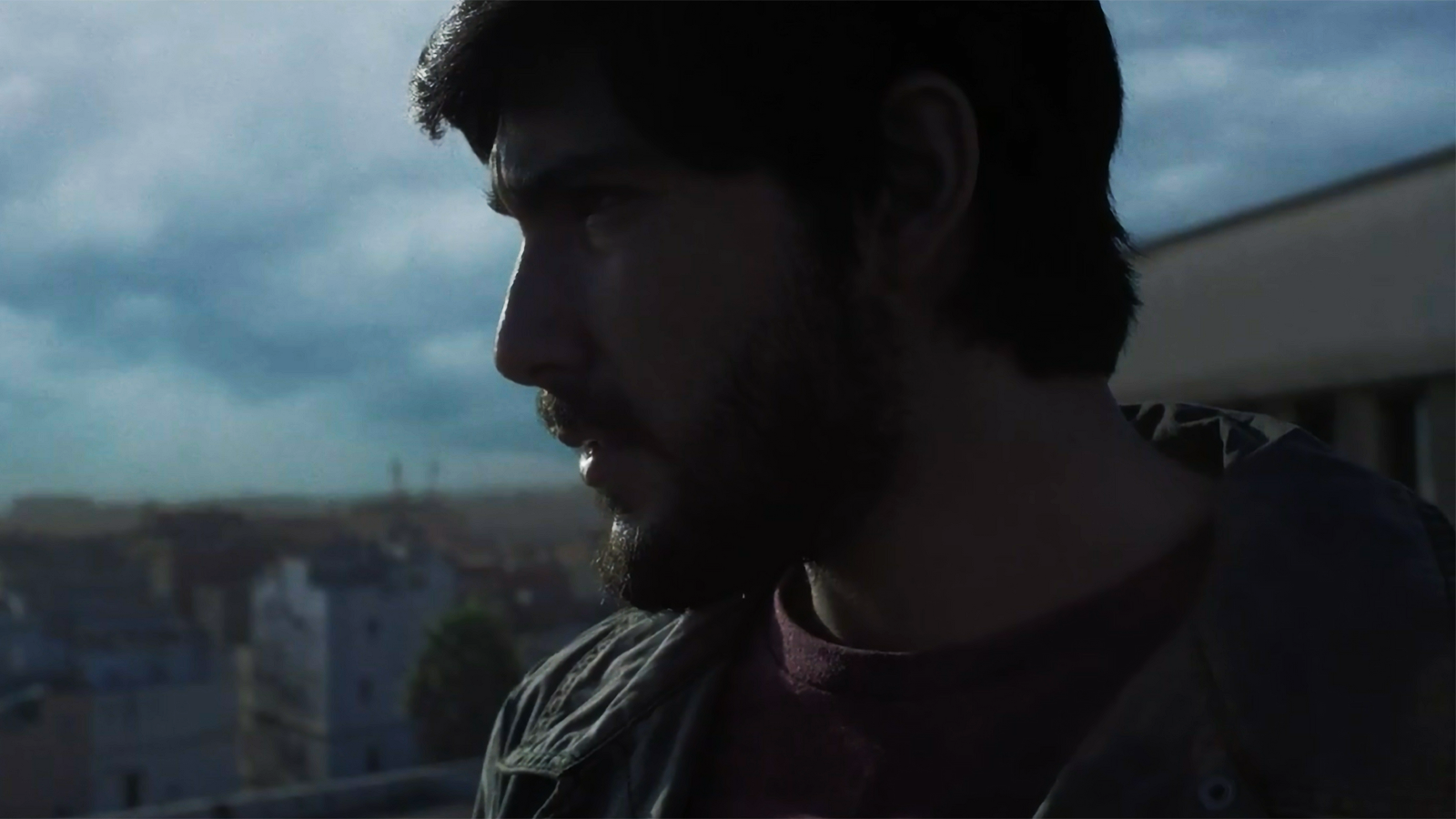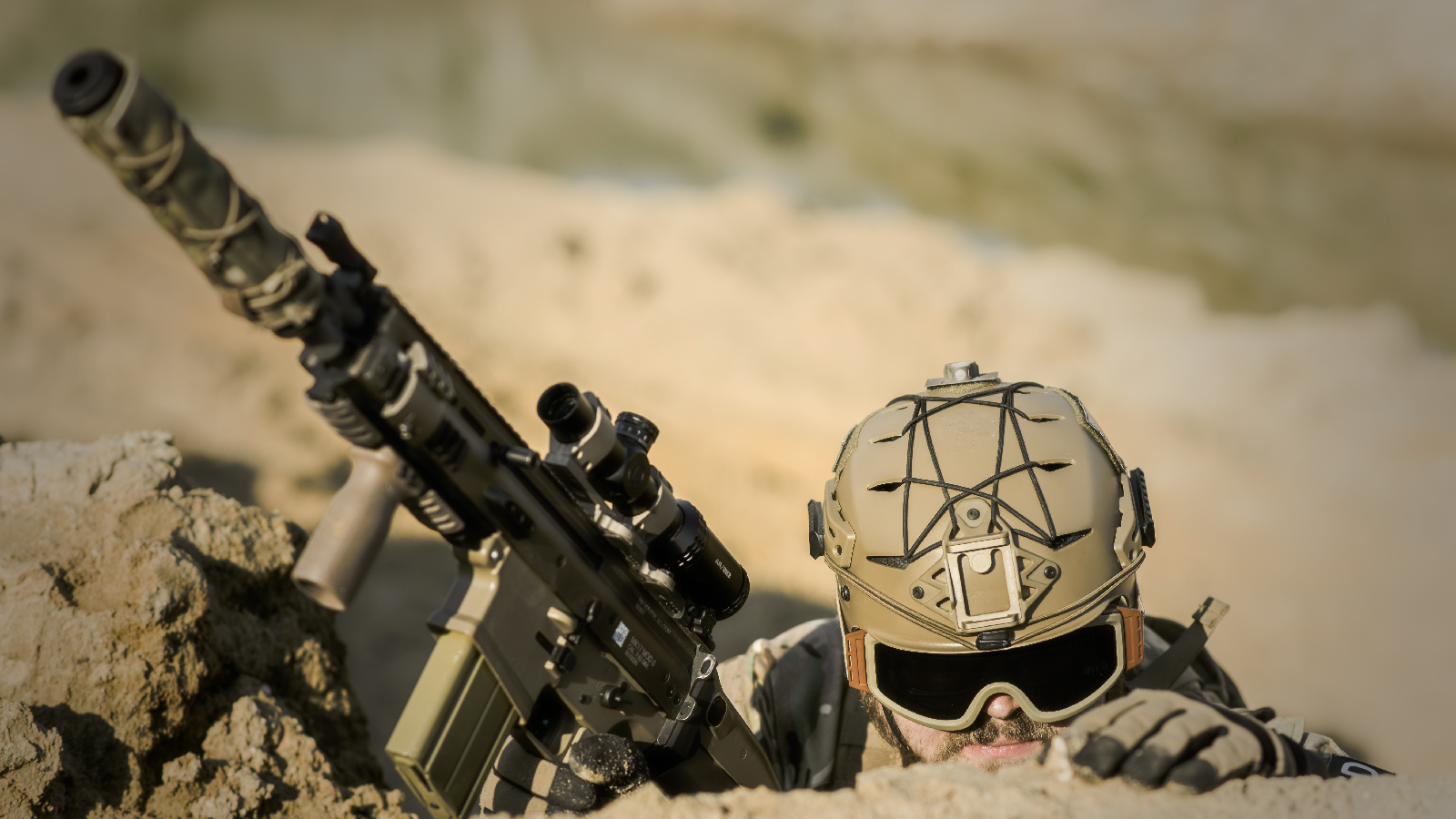EDITOR’S NOTE: This is a cross-post with my new newsletter, Pop Security, over on Substack. Sign up for email alerts to new content there.
Let’s get a silly thing out of the way first: I don’t know why it’s called “Ghosts of Beirut,” plural. This is about one guy: infamous Hezbollah operative Imad Mughniyeh. There are technically other Hezbollah figures around, of course, but he’s clearly the focus. Or, if you’re trying to say that “ghosts” refers to the (alleged) joint Mossad-CIA team that finally killed him, that happened in Damascus, not Beirut. So, I don’t know; weird title for a good mini-series.
Anyway. “Ghost[cough] of Beirut,” as noted above, dramatically traces the real story of the ruthless life and violent death of Mughniyeh, the most wanted terrorist in the 20 years before most anyone had heard the name Osama bin Laden. It follows his ascent over the years, from his beginnings as a local tough in Beirut who manages to pull off spectacular and horrific bombings in his early 20s to the highest ranks of Hezbollah, the Iran-back Lebanese militant organization, deep into his 40s, until he was killed in a complex, targeted bombing operation in 2008.
RELATED: The unfortunate Bourne-ification of Jack Ryan [at Pop Security]
The series is just four episodes, split really into two equal halves: the early days in which Mughniyeh appears on the scene in horrifying fashion in the 1980s, when Mossad and the CIA are slow to realize the new kind of war they’re up against; and Mughniyeh’s later years, when he’s friendly with the most senior Iranian and Syrian officials and when he finally starts to make mistakes. The latter half, perhaps predictably, shifts the balance to focus a little more on the Mossad and CIA operatives plotting his doom.
The pacing is odd but well-handled. Where I was most impressed was how the show presented Mughniyeh himself. When your central character is a responsible for the deaths of scores of innocent people, in addition to US and Israeli soldiers and spies, how do you treat him on screen? There’s a danger in making him a one-dimensional, mustache-twirling villain, as is there a danger in showing even a little bit of “his side” of the story.
The show’s solution appears to be to present him as he was without comment: by all appearances, a seemingly normal guy who’s able to justify doing terrible things in what he sees as a never-ending war. He’s never portrayed as obviously evil — he’s shown as something of a family man, if an unfaithful one, several times — but watching a scene in which he’s calmly convincing a younger, vulnerable man to become a suicide bomber, the psychopathy comes through loud and clear. To consider the totality of the deaths for which Mughniyeh is responsible, and then to see a scene of him window shopping is something of a shock on its own — “This guy?” you think. I think that was intentional. (I will note that the show seems to have softened Mughniyeh’s character when it comes to his love life. In the show when he’s older he begins an affair with a beautiful Syrian woman who he wants to marry. According to “Rise and Kill First,” Ronen Bergman’s deeply researched history of Israeli kill teams, when in Syria Mughniyeh actually “regularly visited three good-looking local women, whom [an associate] had supplied for his rest and relaxation.”)
But for years a select group knew exactly who “this guy” was. Mughniyeh was on the top of wanted lists for Israeli and American intelligence agencies since the early 1980s, following strikes on Israeli installations and, especially for the US, the bombing of the US Marine barracks in Lebanon in 1983 that claimed the lives of 241 American servicemembers, as well as the kidnapping and torture of CIA officer Bill Buckley. Still for years, Mughniyeh continued conducting terror operations around the world, managing to stay alive thanks to obsessive operational security. The show notes, and Bergman’s book agrees, that for years no one even had a recent photo of the guy.
So the last two episodes shift forward in time, and the audience watches Israel and the US form an uneasy intelligence alliance to take him out — in this telling, the US has an asset that provides critical intelligence and Israel reveals a new signals intelligence capability. (Bergman reports in his book that Israel was the one that brought the US in for the operation because Israelis couldn’t operate as freely in Syria, where Mughniyeh spent much of his time away from home.)
For spoiler reasons I won’t divulge how Mughniyeh is killed, though I suspect that if you’re interested in this show you already know. I will say that I thought the final episode was by far the most engaging, written like a thriller as the operation ticks forward second by second.
There’s a scene, true to real life, in which the operation is called off at the very last second because Mughniyeh is standing near Qassem Soleimani, a powerful Iranian general with whom he was friendly. At the time, the US was wary of the repercussions of Soleimani’s death. That would be the same Soleimani that then-President Donald Trump ordered killed in a drone strike in January 2020, reportedly, once again, with Israel’s help.
One last note: The show is fairly randomly interrupted with documentary-style interviews with, presumably, real-life key players in the operation or observers from the time, from retired Israeli and American intelligence officers to famed reporter and thriller author David Ignatius. In the end, several of the Americans are apparently asked if the US had anything to do with Mughniyeh’s death. Most answer the way former CIA officer Doug London did: repeating the official line that the US hasn’t said it was involved, and then failing miserably to contain a broad smile.










